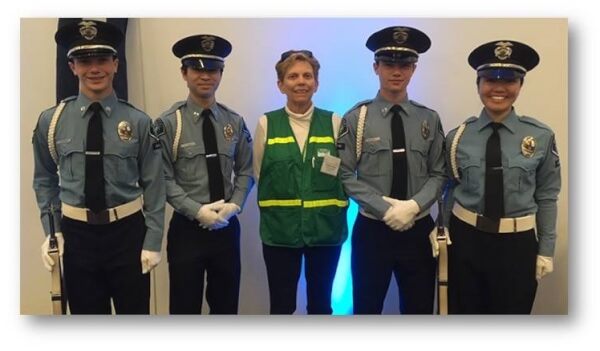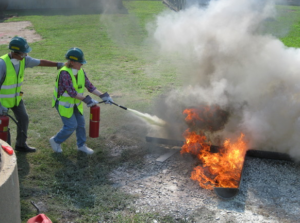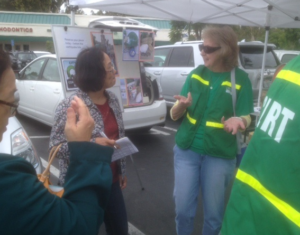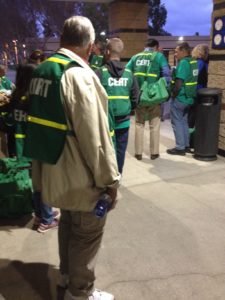Where to put Mom? Emergency Preparedness in Care Facilities
What are the chances of you or Mom ending up in a nursing home?

Updated statistics will be coming out after the next census, but right now it looks as though the chances of a senior citizen spending time in a nursing home or skilled care facility are about 1 in 4.
This should immediately bring to mind the 14 people who died last year in Florida when their nursing home air conditioning failed. You may even remember tragic images from Katrina.
Reassure yourself about emergency preparedness in care facilities you are considering!
I’ve been searching for professional advice on this topic, and I found it on one of my LinkedIn groups. After a series of back and forth messages, Nicholas Thorpe kindly agreed to provide Emergency Plan Guide readers with questions to ask.
You’ll see that his questions fit right in with the way we try to learn more about being better prepared. Please check out his expert article below, and share with other family members and friends.
Long-Term Care and Emergency Preparedness — Knowing the Right Questions to Ask
By Nicholas Thorpe, 8/2/2018
When considering long-term care facilities, we all look to ratings, accreditations and high standards. One of the most overlooked considerations, however, is emergency and disaster preparedness. Does the facility you are considering have plans in place for adverse conditions, be it man-made or natural disaster?
New rules for emergency preparedness in care facilities are now in effect.
Following Hurricane Katrina, the Center for Medicare/Medicaid Services (CMS) began to work on new rules to govern how emergency preparedness should be handled at various medical facilities. In the fall of 2017, the new rules for emergency preparedness went into effect for seventeen (17) health care provider types (to include long-term care facilities). These rules are meant to correct the lack of preparedness that was seen following Hurricane Katrina and other major disasters.
These seventeen (17) provider types are now required to be in compliance with the emergency preparedness rule as part of their eligibility to receive reimbursement for services and care through Medicare and Medicaid. These rules can be found on the CMS website at New Rules .
My role now in a health care preparedness coalition in central North Carolina is to work with health care facilities so they are better prepared for emergencies and disasters and to help them comply with the new CMS emergency preparedness rule.
Ten questions to ask as you evaluate emergency preparedness in care facilities.
The following questions will help you evaluate the level of emergency preparedness as you consider care facilities for your family member:
- Are you regulated by CMS and do you comply with the new Emergency Preparedness Rule?
- Have you been surveyed recently?
- What methods will you use to contact me should something happen to my family member or following an emergency or disaster?
- Do you have any additional methods you can utilize to contact me?
- Who/how can I contact the facility to learn the status of my family member during/following an emergency or disaster?
- Does your facility have a way to transport residents that is not reliant on local emergency services agencies in the event an evacuation is necessary?
- Does your facility have any agreements in place with other sites to relocate residents in the event of an evacuation?
- Does your facility have a generator that powers the HVAC system (heating and air conditioning) and refrigeration for the entire facility?
- How many extra days of food do you have on site should your supply chain be disrupted?
- How is security maintained in the facility?
- Has your staff had active shooter response training?
- Is your staff trained in providing first aid, CPR, and applying tourniquets?
- How often do you practice emergency procedures that aren’t fire drills?
Choosing a facility should not be solely based on how prepared it is for an emergency. How it is prepared, however, should be high on your list of criteria when deciding who should take care of the people who mean the most to you.
Nicholas Thorpe works for the CapRAC Healthcare Preparedness Coalition in Raleigh, North Carolina. He has completed more than 1,000 hours of emergency preparedness training, trained over 200 first responders and over 1,000 volunteers in emergency management procedures. Nicholas holds a Graduate Certificate in Homeland Security from the George H.W. Bush School of Public Service at Texas A&M University, and a Bachelor of Arts in history with a minor in political science from The American University in Washington, DC.
Please share this important information widely. There are other questions you can add to this list, but these will get the conversation started.
Thanks again to Nicholas!
Virginia
Your Emergency Plan Guide team
A couple of years ago we wrote an article that’s a good companion to this one: Leave the disabled behind?
This is a topic we’ll be addressing more in the future.


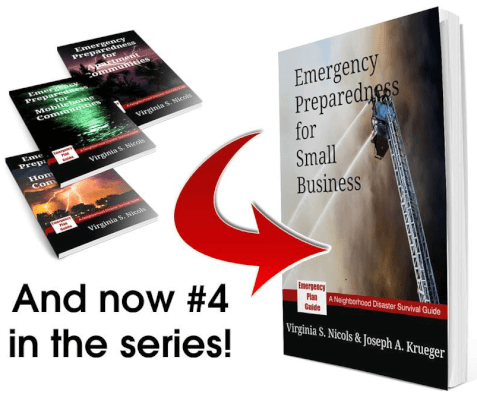
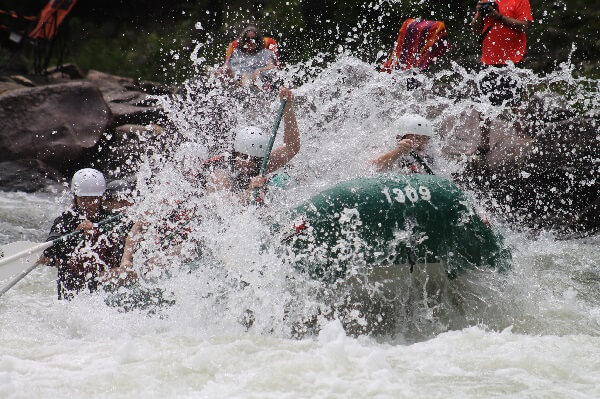






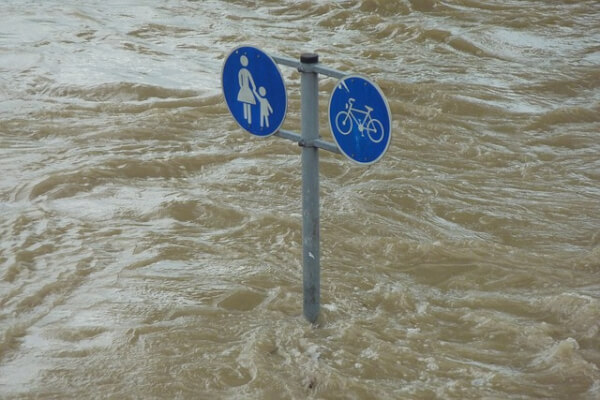

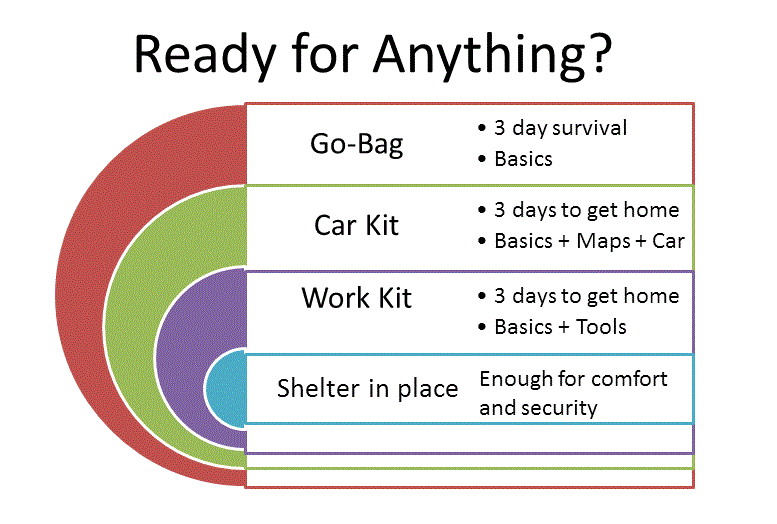 By now you know that at Emergency Plan Guide, when it comes to survival kits, there’s no such thing as “one size fits all.”
By now you know that at Emergency Plan Guide, when it comes to survival kits, there’s no such thing as “one size fits all.”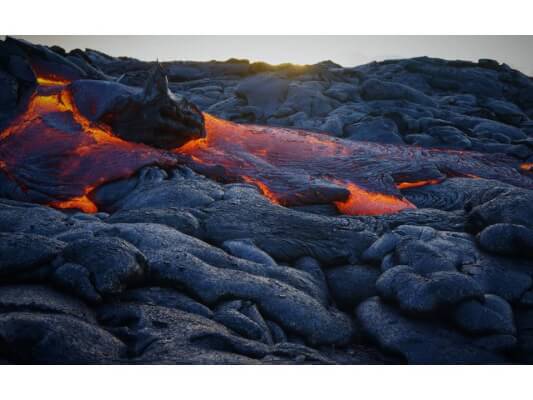 “It’s just part of living here,” one of Hawaii’s residents is quoted as saying over the weekend. He wasn’t planning to evacuate from his home, even though fissures were opening in his neighborhood and lava flows from the Kilauea eruption on Friday were approaching. “I’ve been through this a dozen times.”
“It’s just part of living here,” one of Hawaii’s residents is quoted as saying over the weekend. He wasn’t planning to evacuate from his home, even though fissures were opening in his neighborhood and lava flows from the Kilauea eruption on Friday were approaching. “I’ve been through this a dozen times.”





